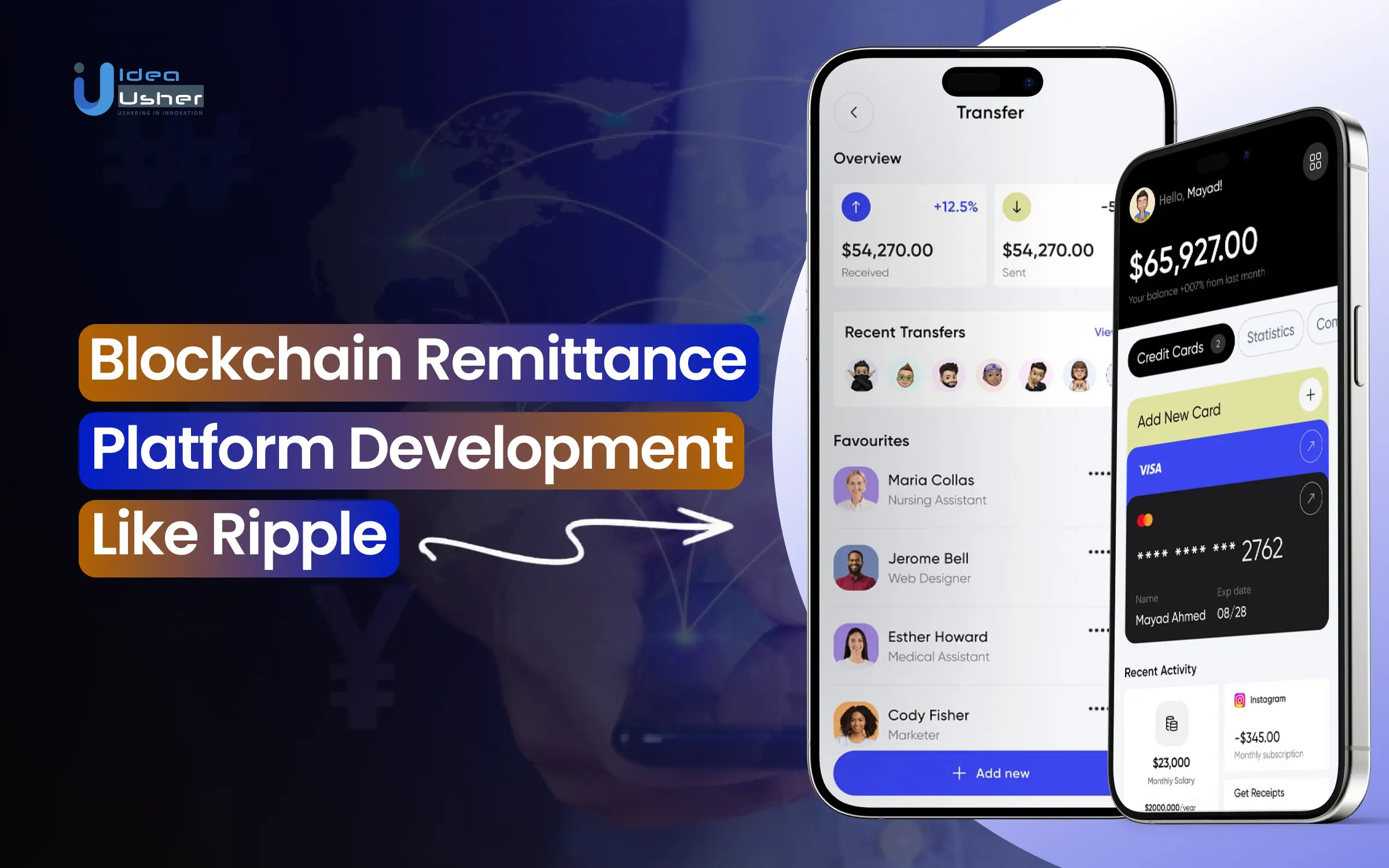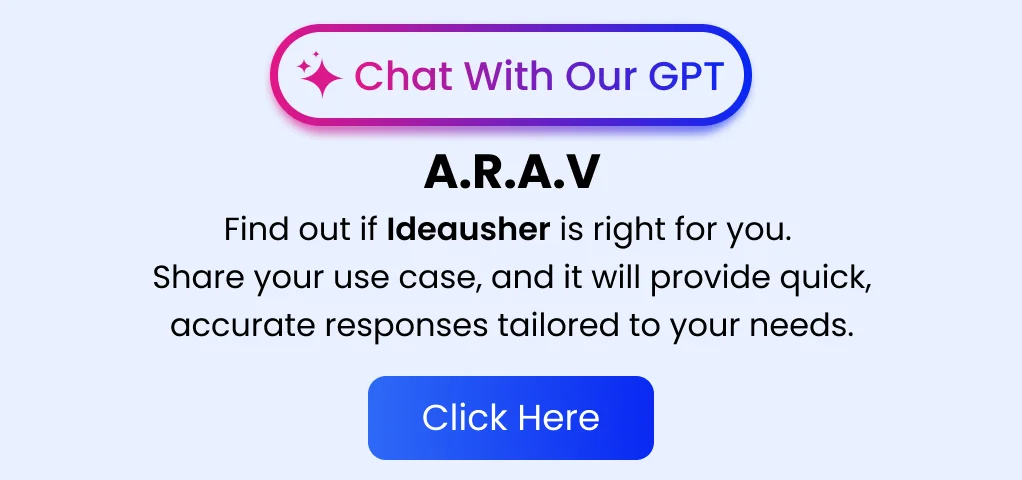Blockchain technology has transformed industries across the globe, with cross-border remittance platforms being one of its most exciting applications. Traditional money transfer services often come with high fees, slow processing times, and a lack of transparency. Blockchain-based platforms like Ripple are changing this by offering quicker, cheaper, and more secure alternatives. With over 281 million international migrants in 2020, the need for efficient, low-cost global transfers has never been greater.
Another notable player in the cross-border payment space is Airwallex, a financial technology platform that has made waves with its multi-currency accounts and forex services. In 2023, Airwallex generated an estimated revenue of $100 million, helping businesses manage international transactions seamlessly.
Their platform simplifies the complexities of cross-border payments, much like blockchain remittance platforms aim to do by eliminating intermediaries and reducing transaction costs.
In this blog, we’ll dive into the process of developing a blockchain remittance platform like Ripple, outlining key technical aspects that you’ll need to consider. Let’s begin!
Overview of the Ripple Platform
The Ripple is a digital payment system built on blockchain technology, designed to make cross-border transactions faster, safer, and more affordable. It uses its cryptocurrency, XRP, and operates through RippleNet—a network connecting banks, payment providers, and financial institutions around the world.
Key Features
Here are some key features of Ripple:
- Instant Settlement: Ripple transactions are completed in under 5 seconds, much faster than traditional banking, and it can take days to process cross-border payments.
- High Throughput: Ripple can handle up to 1,500 transactions per second, making it highly efficient and capable of managing a large volume of payments.
- Low Transaction Fees: Ripple’s transaction costs are significantly lower than traditional banks or many cryptocurrencies.
- Liquidity Management: XRP acts as a bridge currency, making it easier to convert between different fiat currencies without needing to pre-fund accounts in various countries.
- Interoperability via Interledger Protocol: Thanks to the Interledger Protocol, Ripple can connect with other blockchain networks, allowing users to transfer value between different platforms.
Key Market Takeaways for Blockchain Remittance Platforms
Source: StraitsResearch
This rapid growth is driven by an increase in cross-border transactions, rising international migration, and more people using mobile payment options. The COVID-19 pandemic also helped push more people toward digital remittance solutions, making it easier and safer to send money.
Blockchain technology is playing a big part in the expansion of remittance services. It helps make transactions faster, safer, and cheaper, which is a big draw for people looking for a better way to send money. Platforms like Ripple and Stellar are using blockchain to offer real-time, cross-border payments, which is especially useful for migrant workers sending money home quickly and easily.
Partnerships between fintech companies and traditional banks are making blockchain remittance platforms more accessible. For example, Ripple has teamed up with major banks like Santander, American Express, and PNC to help speed up cross-border payments. These collaborations help reduce delays and make remittance services more reliable for users worldwide.
Work with Ex-MAANG developers to build next-gen apps schedule your consultation now
A Perfect Time to Invest in Blockchain Remittance Platform Development
The blockchain remittance sector, especially platforms like Ripple, offers a profitable opportunity as more people seek fast, low-cost, and secure cross-border payments. Traditional services often come with high fees and slow transactions, making blockchain a better alternative. By using decentralized systems, platforms like Ripple lower transaction costs and enable real-time transfers, attracting both individuals and businesses. With the global remittance market valued at over $700 billion annually, blockchain is set to capture a larger share thanks to its clear advantages.
Leading examples of blockchain-based payment solutions, such as BitPay, which has an estimated annual revenue of around $50 million and allows users to accept cryptocurrency for goods and services, showcase the potential of blockchain technology in driving profitable ventures.
Another example, TransferWise (now Wise), which utilizes blockchain for cross-border payments and generated about $421 million in revenue in 2023, further highlights the profitability of blockchain-enabled services in the remittance and financial sectors.
As the blockchain payment market continues to expand, platforms are positioned for long-term profitability through transaction fees and partnerships with financial institutions.
Did you know that….
Bitmama, a Nigerian blockchain payments startup, just raised $2 million in a pre-seed round to expand its services across Africa. They’re working to streamline Africa’s fragmented payment systems with blockchain technology, which is growing rapidly on the continent. Africa is actually the world’s third-fastest-growing crypto market, with countries like Nigeria leading the charge. Bitmama’s recent funding, backed by investors like Unicorn Growth Capital and Launch Africa, shows there’s strong confidence in their mission as they expand to new markets like Kenya and Ghana.
For entrepreneurs eyeing this space, now is the perfect time to dive in. With growing interest from both consumers and financial institutions, blockchain remittance solutions are set for long-term success and growth. It’s an exciting time for innovation in Africa’s payment systems!
Business Model of the Ripple Platform
Ripple’s business model is centered around providing innovative solutions for banks and financial institutions, with a focus on improving cross-border payments and remittance services. Here’s a friendly breakdown of how Ripple operates:
XRP Ledger
A decentralized digital ledger that enables direct transactions between financial institutions, cutting down transaction times from days to just seconds. This reduces reliance on traditional intermediaries and makes payments much faster.
RippleNet
A global network that connects banks, payment providers, and digital asset exchanges to streamline money transfers across borders. RippleNet offers different products, such as:
- xCurrent: A platform designed for instant cross-border payments.
- xRapid: Uses XRP to provide liquidity solutions, making transactions faster and cheaper.
- xVia: A simple interface that helps with routing payments across networks.
Revenue Streams
Ripple has several ways it generates revenue:
- Sale of XRP: Ripple periodically sells its XRP holdings to institutional investors, which not only brings in revenue but also benefits from XRP’s value increase.
- Transaction Fees: Financial institutions pay fees to use RippleNet, typically based on the volume and value of their transactions. As more institutions join, Ripple earns more from these fees.
- Licensing Fees: Banks and financial companies pay Ripple for access to its software solutions, either through subscriptions or licensing fees.
- Investment Profits: Ripple has an investment portfolio that includes digital assets and other fintech companies, bringing in additional revenue from capital appreciation and dividends.
Ripple’s On-Demand Liquidity service has played a major role in its financial growth, generating around $2.7 billion in profit from XRP sales linked to ODL in the 2021 and 2022 fiscal years.
Financial Growth & Funding
Although Ripple is a private company and doesn’t disclose all of its financial details, it’s estimated that the company’s valuation reached around $10 billion in late 2019. Ripple has raised significant funds through various rounds, including:
- 2016: Raised $55 million in Series B funding.
- 2019: Secured another $200 million, helping to strengthen its position in the market.
Market Adoption
Ripple has seen widespread adoption among financial institutions around the world. Over 300 financial organizations in 40 countries use RippleNet, including big-name banks like Santander (USA), Itaú Unibanco (Brazil), and SBI Remit (Japan). This broad adoption helps Ripple offer faster, more reliable remittance services on a global scale.
Development Steps for a Blockchain Remittance Platform like Ripple
Here are the steps to develop a blockchain remittance platform like Ripple,
1. Define the Platform’s Objectives
Clearly identify the platform’s purpose, such as enabling secure, fast, and low-cost cross-border transactions. This step sets the foundation for aligning the features and functionalities with the needs of businesses and individuals.
2. Select the Blockchain Framework
Choose a suitable blockchain framework that supports fast and secure transactions. Options like Hyperledger Fabric, Ethereum, or a custom blockchain can be considered based on scalability, consensus mechanisms, and security requirements.
3. Design the Consensus Algorithm
Develop an efficient consensus mechanism to validate transactions. For a platform like Ripple, a consensus protocol that reduces transaction time and energy consumption would be critical to ensure speed and reliability.
4. Develop the Native Cryptocurrency
Create a native cryptocurrency to facilitate transactions as a bridge currency. This step includes defining its purpose, supply, and mechanisms for integration within the platform to reduce cross-border payment complexities.
5. Build Smart Contract Capabilities
Integrate smart contracts to automate payment processes, including currency conversion and transaction finalization. These contracts enhance trust and transparency while minimizing manual intervention.
6. Create a Gateway System
Develop gateways that act as intermediaries between the blockchain platform and traditional financial systems. These gateways should facilitate the deposit, withdrawal, and transfer of assets seamlessly and securely.
7. Ensure End-to-End Security
Incorporate advanced security features such as encryption, multi-signature wallets, and real-time fraud detection mechanisms. This ensures that user data and funds remain secure throughout the transaction process.
8. Integrate Real-Time Transaction Monitoring
Implement tools to provide end-to-end visibility for all stakeholders. These tools should track transactions in real time, ensuring transparency and building trust among users, businesses, and financial institutions.
9. Test and Launch the Platform
Conduct thorough testing to identify and fix bugs, optimize performance, and ensure security compliance. After rigorous testing, launch the platform with a focus on scalability to accommodate increasing user demand.
Cost of Developing a Blockchain Remittance Platform like Ripple
| Stage | Task | Cost Range |
| 1. Research & Feasibility Study | $1,000 – $5,000 | |
| – Market Research | Analyzing competitors, target audience, and industry trends. | $500 – $2,000 |
| – Technical Feasibility | Evaluating blockchain options, scalability, and integrations. | $300 – $2,000 |
| – Regulatory Analysis | Understanding legal and compliance requirements. | $200 – $1,000 |
| 2. Blockchain Development | $5,000 – $25,000 | |
| – Smart Contracts | Developing core functionalities (e.g., transaction processing, compliance checks). | $2,000 – $10,000 |
| – Blockchain Integration | Connecting to a chosen blockchain network (e.g., Ethereum, Hyperledger Fabric). | $2,000 – $8,000 |
| – Consensus Mechanism | Implementing a suitable consensus algorithm. | $1,000 – $7,000 |
| 3. Frontend Development | $3,000 – $15,000 | |
| – User Interface (UI) Design | Creating intuitive and user-friendly interfaces. | $1,000 – $4,000 |
| – User Experience (UX) Design | Ensuring a seamless user journey. | $1,000 – $3,000 |
| – Frontend Development | Building interactive web and mobile applications. | $1,000 – $8,000 |
| 4. Backend Development | $4,000 – $20,000 | |
| – API Development | Creating APIs for seamless integrations. | $1,000 – $6,000 |
| – Database Design | Designing databases for user data, transaction history, etc. | $1,000 – $5,000 |
| – Backend Logic | Developing core platform functionalities. | $2,000 – $9,000 |
| 5. App Features | $2,000 – $10,000 | |
| – Multi-currency Support | Enabling transactions in various fiat and cryptocurrencies. | $1,000 – $4,000 |
| – Cross-border Payments | Facilitating fast and cost-effective international money transfers. | $500 – $3,000 |
| – Wallet Integration | Integrating with digital wallets. | $500 – $3,000 |
| 6. Testing & Quality Assurance | $2,000 – $8,000 | |
| – Unit Testing | Testing individual components. | $500 – $2,000 |
| – Integration Testing | Testing the interaction between components. | $500 – $3,000 |
| – User Acceptance Testing | Testing with real users for feedback. | $1,000 – $3,000 |
| 7. Deployment & Maintenance | $1,000 – $7,000 | |
| – Deployment | Deploying to a secure and scalable infrastructure. | $500 – $3,000 |
| – Ongoing Maintenance | Regular updates, bug fixes, and security patches. | $500 – $4,000 |
Total Cost Range: $10,000 – $100,000
Variable Factors Affecting the Development Cost of a Blockchain Remittance Platform
Several factors can significantly impact the overall development cost of a blockchain remittance platform. These include:
- Blockchain Technology Choice: Public blockchains (like Ethereum) offer greater decentralization but can be more expensive due to gas fees. Private or permissioned blockchains provide more control but require infrastructure setup and maintenance.
- Scalability Requirements: High transaction volume necessitates more robust infrastructure and potentially more expensive scaling solutions.
- Regulatory Compliance: Meeting KYC/AML and other regulatory requirements can involve significant legal and compliance costs.
- Integration with Existing Systems: Integrating with existing banking systems, payment gateways, and other financial institutions can add to development time and cost.
Conclusion
Blockchain remittance platforms like Ripple offer big benefits for both individuals and businesses. For individuals, they help lower transaction fees, speed up transfers, and make international money transfers more transparent. Businesses can use these platforms to simplify cross-border payments, boost efficiency, and expand into new markets. By building a similar platform, companies can make money through transaction fees, exchange rate margins, and extra services like currency conversion and risk management. This can lead to higher profits, better competitiveness, and a solid position in the fast-growing global remittance market.
Looking to Develop a Blockchain Remittance Platform like Ripple?
With over 500,000 hours of coding experience, Idea Usher can help you create a next-gen blockchain-powered remittance platform. We focus on building secure, scalable, and affordable solutions that make international money transfers faster, cheaper, and more transparent for both individuals and businesses. Our expertise covers blockchain development, smart contract integration, and designing easy-to-use interfaces, ensuring a smooth and compliant remittance experience. Let’s work together to change the way money moves around the world.
Work with Ex-MAANG developers to build next-gen apps schedule your consultation now
FAQs
Q1: How to develop a blockchain remittance platform?
A1: To develop a blockchain remittance platform, start by defining the key features like secure and fast cross-border transactions, low transaction fees, and transparent tracking. Choose a suitable blockchain technology (like Ethereum or Stellar) that supports quick transfers and scalability. Build a user-friendly interface, integrate payment gateways, and ensure compliance with financial regulations. Additionally, focus on security measures such as encryption and multi-factor authentication to protect user funds and data.
Q2: What is the cost of developing a blockchain remittance platform?
A2: The cost of developing a blockchain remittance platform depends on factors like the complexity of the platform, the blockchain technology chosen, and the team’s expertise. A platform with advanced features, including secure wallets, real-time tracking, and global payment integration, will require a higher investment. The price can vary, but generally, such platforms are considered a significant investment due to the need for robust security and blockchain integration.
Q3: What are the features of a blockchain remittance platform?
A3: A blockchain remittance platform typically includes features like secure peer-to-peer transfers, low transaction fees, real-time exchange rate tracking, and instant transaction confirmations. It should also support multiple currencies, provide transparent transaction history, offer wallet functionality, and ensure regulatory compliance. Additionally, it may include customer support features and an intuitive interface to make the transfer process simple for users.
Q4: How blockchain remittance platforms make money?
A4: Blockchain remittance platforms make money primarily through transaction fees, which are typically much lower than traditional remittance services. They may also generate revenue from currency conversion fees, premium features (such as faster transfers or additional services), and partnerships with financial institutions or businesses. Some platforms might also offer value-added services like financial products or investment opportunities.




















